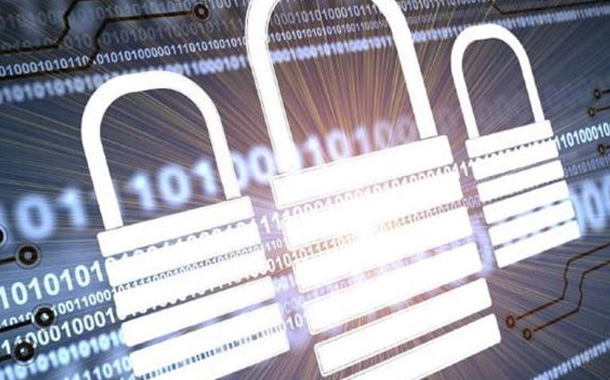Provides mid-year update on top trends for secure identity including need for privacy protection, improved mobile security, and trust in all transactions
HID Global has released a mid-year update to its top 2016 security trends, based on customer insights into key market developments across enterprise, healthcare, banking and government markets. In the first six months of the year, the company noted continued forward movement in market adoption of mobile solutions and interest in the Internet of Things, as customers place more value on seamless environments that require trusted digital identities with heightened security and privacy protection.
Stefan Widing, HID Global President and CEO said, “Customers are increasingly investing in solutions that give them the flexibility to incorporate new and better capabilities that deliver a more satisfying connected experience for their users. As we move through the middle of the year, we are experiencing a dramatic increase in customer demand for mobility, a better user experience, and connected environments. We have also forged new partnerships with major industry players who have the same vision to create an extraordinary user experience and we look forward to unveiling more about these partnerships as deployments progress throughout the year.”
The trends as mentioned by HID are:
Trend #1: “Mobilizing” security will make it more pervasive and personalized: a new, more secure identity lifestyle will be built around the convenience of ever-present mobile devices. Computer and network logon, driver licenses and other applications will more seamlessly join physical security functions on phones, tablets and laptops. Wearables will be the next step, and phones will also work with RFID tags to add security and trust to the IoT for proof-of-presence applications.
Trend #2: Security will move to a much greater focus on the user experience: This will help close the gap between planning and compliance, while ensuring that security adapts to rather than defines end-user habits and lifestyles. Old ways of authenticating will be replaced by more satisfying alternatives.
Trend #3: Secure, connected identities will fuel safety and innovation in how we work, shop and play: The industry will enter its next new chapter of connected identities, employing multi-layered security strategies that also include biometrics in order to bind these identities to their legitimate owners.
Trend #4: There will be more attention on privacy in an increasingly connected and mobile-first world: Identity will expand beyond people and their personal identity to the identity of objects and their authenticity, accentuating the need to protect personal information across increasingly interconnected devices, services and applications.
Trend #5: Security policies and best practices will become as important as technology advances: The industry will sharpen its focus on not only what to deploy, but how – from the first U.S. mobile driver licenses to unified credential management systems that enable organizations to more holistically address both facility and information security. Rather than focus exclusively on preventing breaches, the industry will also adopt best practices for controlling what happens afterwards, so stolen identities are useless to thieves.
HID Global’s Seos credential technology continues to help drive these trends, enabling organizations to confidently incorporate mobile solutions and empower their users with new applications and capabilities, the release said.


